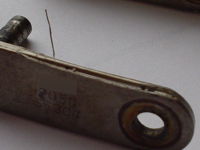When Wire-Mesh products were sent a chain belt for inspection, our team provided an in-depth analysis to provide the client with answers to their problem.
This case study examines the underlying issues that cause premature belt failure and highlights the importance of proper system engineering, regular maintenance, and selecting a chain with a capacity that can withstand the operational load.




